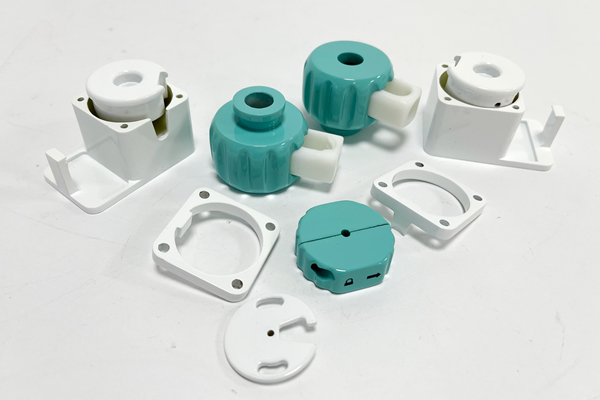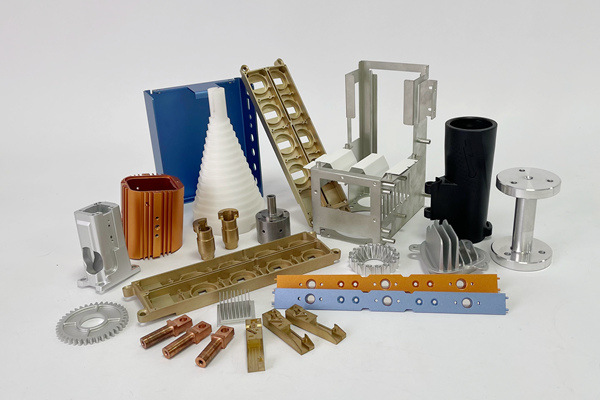Classification of Prototype Model
Prototype model is a pre-production method to check whether the design is well enough for the actual usage or not. In order to verifying the concept or idea, prototype model can be classified via many aspects.
Classification by Production Method
According to the method of production, the prototype can be divided into manual prototype and CNC prototype.
(1) Manual prototype: its main workload is done by hand.
(2) CNC Prototype: Its main workload is completed by CNC machine tools.
According to the different equipment used, it can be divided into 3D printing prototype and CNC prototype:
(A) 3D printing prototypes: prototypes mainly produced by 3D printing rapid prototyping technology.
(B) CNC Prototype: It is mainly produced by CNC machining center.

The advantages of 3D printing prototypes are reflected in the rapidity, but it is formed by stacking technology, so 3D printing prototypes are generally relatively rough, with poor strength, and have certain requirements on the wall thickness of the product, such as the wall thickness is too thin. cannot be produced.
The advantages of the CNC prototype are that it can very accurately reflect the information expressed by the drawing, and the surface quality of the CNC prototype is high, especially after the surface spraying and silk screen printing are completed, even more splendid than the products produced after the mold is opened. Because of its relatively mature technology and very good effect and precision, CNC prototype manufacturing has always been the mainstream of prototype manufacturing.
Sort by Material
Prototypes can be divided into plastic prototypes, silicone prototypes, and metal prototypes according to the materials used in production.
(1) Plastic prototype: its raw material is plastic, including prototypes made of ABS, PC, PA, PVC, PP, POM, PMMA and other materials.
(2) Silicone hand board: its raw material is silica gel, including the hand board made of soft glue, silica gel, rubber and other materials.
(3) Metal prototype: its raw material is metal, including the prototype made of copper, aluminum, iron, stainless steel and other materials.
Classified by Prototypes Test Intention
According to the effect to be achieved, it can be divided into appearance prototype, structural prototype and functional prototype.

(1) Appearance prototype: It mainly tests the appearance design of the product. It is required to have a beautiful appearance, accurate color matching, and low requirements for internal processing.
(2) Structural prototype: It mainly tests the rationality of the product structure. It has high requirements for size, and foreign countries have particularly strict requirements for this type of product.
(3) Functional prototype: It is required to achieve the exact same appearance, structure and function as the real product. It can be understood as an unmarketed finished product, which is the most demanding and difficult type of prototype.



